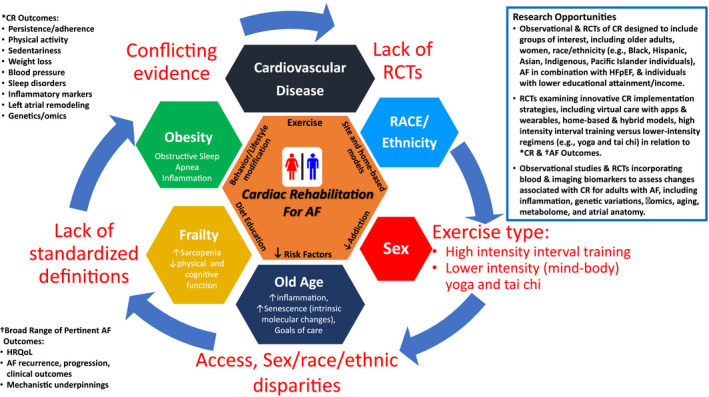Figure 3. Figure showing the complexities of secondary prevention of atrial fibrillation (AF) with cardiac rehabilitation (CR).

- Lack of randomized controlled trials (RCTs) inclusive of diverse demographics, including sex, race, and ethnicity, as well as broader functional end points that may better reflect utility of CR for AF.
- Lack of precision in regard to exercise modes and intensities, with understanding of both physiological and behavioral implications that factor into CR for AF.
- Lack of inclusion of older adults with focus on related complexities of frailty, sarcopenia, cognitive changes, and intrinsic aging physiological features that may factor into particular benefits of CR for AF.
- Lack of inclusion of obese subgroups with distinctive behavioral, biological, and clinical challenges pertaining to CR for AF.
- *Broad CR outcomes.
- †Broad range of pertinent AF outcomes.
- Research opportunities.
HFpEF indicates heart failure with preserved ejection fraction; and HRQoL, health‐related quality of life.
